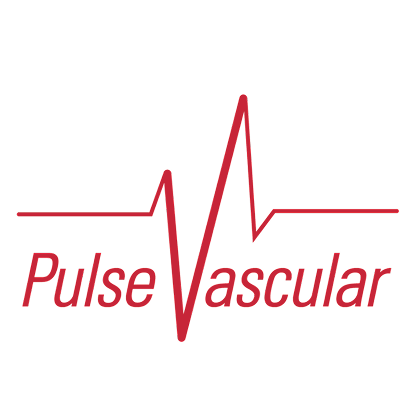
High blood pressure or hypertension, as the name implies, is a condition where the pressure of the blood against the walls of blood vessels becomes excessive for several reasons including endogenous causes within the body and exogenous causes taken into the body.

Hypertension Damages Blood Vessels:
The main problem with excessive pressure is that it causes damage to the lining of the blood vessels which sets up the healing process. The cascade is as follows:
1. Endothelial damage: the high pressure causes inflammation and small tears in the single layer lining of the blood vessel. These torn areas provide a site for cholesterol to accumulate. This starts the process of plaque formation
2. Plaque formation: cholesterol and other lipids that build up at the damage sites of the blood vessels create turbulence and reduce the size of the vessel. Loss of flexibility of the vessel increases the blood pressure which causes more damage.
3. Loss of flexibility of the arteries: plaque formation causes stiffening of the vessels, calcium deposition and narrowing. This contributes to hypertension and more damage.
Plaque formation in peripheral arteries leads to peripheral arterial disease (PAD) which commonly affects the arteries of the legs. Other arterial vessels in the brain, heart, kidney and internal organs are also affected. That is why there is an association in patients with PAD and brain dysfunction, coronary artery disease and kidney failure. Symptoms of PAD include calf pain when walking known as claudication, reduction in the ability to heal wounds and in the end of the process pain at rest followed by gangrene. That is why it is important to identify hypertension and treat it early before these effects take place and become irreversible.
At Pulse Vascular monitoring and identification of early arteriosclerosis is achieved by examination and painless noninvasive testing.
It is important to address lifestyle habits which are conducive to the development of vessel damage to prevent long-term irreversible disability.
Lifestyle Changes:
1. Diet, exercise, weight management, avoiding smoking, and limited alcohol intake are cornerstones of addressable factors in preventing hypertension and damage to the blood vessels. Heart healthy diets, aerobic activity for 30 minutes five days a week and maintenance of a healthy BMI between 25 and 30 is a good start.
2. Medication can be used to reduce blood pressure. Common medications include diuretics, ACE inhibitors, beta blockers or calcium channel blockers which can effectively reduce blood pressure even when the blood pressure is high for reasons that have been identified and reasons that have not been identified.
3. It is important to monitor blood pressure on a regular basis until it is stable. Often patients are advised to purchase a blood pressure monitoring device and take the pressure at various times of the day when they are in the process of controlling the blood pressure.
At Pulse Vascular lifestyle changes and monitoring can be part of your program to better health and prevention of disability. By addressing gender disparities in PAD diagnosis and treatment, women can receive earlier, more effective care and this will lead to better outcomes and reduce complications.
